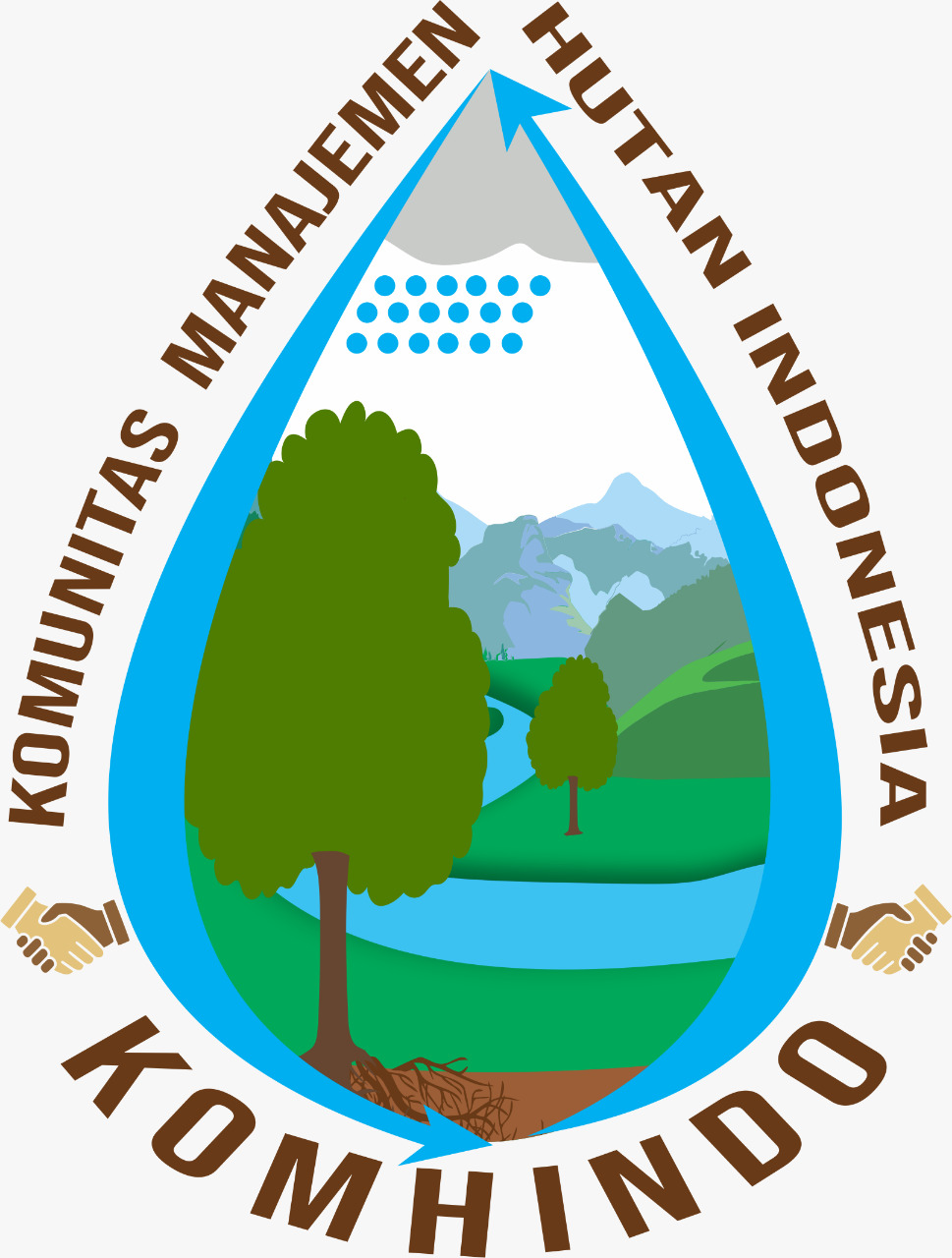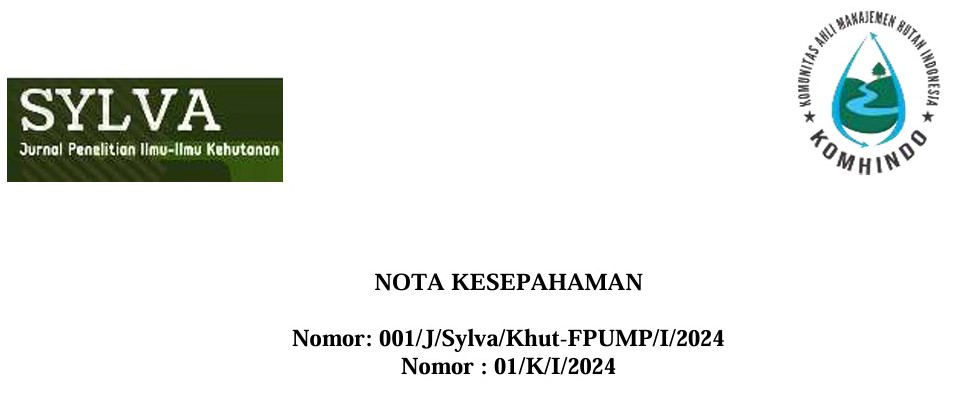EFFICACY OF SEVERAL BIOINSECTICIDES ON MORTALITY OF THE PEST Clauges glaculalis ON PULAI PLANTS (Alstonia Angustiloba Miq.) IN THE LABORATORY
Abstract
Keywords
Full Text:
pdfReferences
Sebagai Pestisida Nabati. Dinas Perkebunan Provinsi Jawa Timur.
Asmaliyah dan Illa Anggraeni. 2009. Uji Aplikasi Beberapa Bioinsektisida dan Kombinasinya terhadap Serangan Hama Ulat Kantong Pagodiella sp. pada Bibit Rhizophora apiculata di Persemaian. Balai Penelitian Kehutanan Palembang.
Djunaeydi, Achmad. 2009. Biopestisida sebagai pengendali OrganismePengganggu Tanaman (OPT) yang Ramah Lingkungan. Embryo Volume 6 nomor 1. Fakultas Pertanian Universitas Trunojoyo, Madura.
Lestari, Fajar dan Edi Suryanto. 2012. Efikasi Bacillus thuringiensis terhadap Hama Ulat Daun Gaharu Heortia vitessoides. Jurnal Penelitian Hutan Tanaman. Volume 9 Nomor 4. Pusat Litbang Hutan Tanaman. KLHK.
Agus, Kardinan. 2002. Pestisida Nabati Ramuan dan Aplikasi. Penebar Swadaya, Jakarta.
Mashudi, Hamdan A. A., dan Vivi Yuskianti. 2014. Budidaya Pulai untuk Bahan barang Kerajinan. IPB Press, Bogor.
Prabagaran, S.R.; K.R. Rupesh; S.J. Nimal; S. Sudha-Rani & S. Jayachandran. 2003. Advances in pest control: The role of Bacillus thuringiensis. Indian Journal of Biotechnology, 2. Department of Biotechnology, Pondicherry University, Pondicherry, India.
Setiadi, D., Tarmadja, S., dan Wilisiani, F. 2021. Efektivitas Bacillus thuringiensis Berliner dan Sipermetrin serta Campuran Keduanya dalam Mengendalikan Tirathaba di Perkebunan Kelapa Sawit. AGROISTA : Jurnal Agroteknologi. Volume 5 No. 1. Program Studi Agroteknologi Fakultas pertanian, Institut Pertanian Stiper Yogyakarta.
Uhan T.S. dan I. Sulastrini 2008. Efektivitas Aplikasi Kombinasi Steinernema carpocapsae dan Biopestisida Bacillus thuringiensis terhadap Mortalitas Crocidolomia pavonana F. pada Tanaman Kubis di Rumah Kaca. Jurnal Hortikultura, Volume 18 No. 1. Indonesian Center for Horticulture Research and Development, Bogor.
DOI: https://doi.org/10.32502/sylva.v12i2.7744
Refbacks
- There are currently no refbacks.
Indexed by:
Contact Person:
Delfy Lensari, S. Hut, M. Si
Jurnal Sylva: Ilmu-ilmu Kehutanan
Forestry Program Study, Faculty of Agriculture, Universitas Muhamamdiyah Palembang
JL. Jend.A.Yani 13 Ulu Palembang, South Sumatra, Indonesia
Tel. (+62)711-511731; Email: jurnalsylvaump@gmail.com; Website: https://jurnal.um-palembang.ac.id/sylva

This work is licensed under a Creative Commons Attribution 4.0 International License





1.png)






